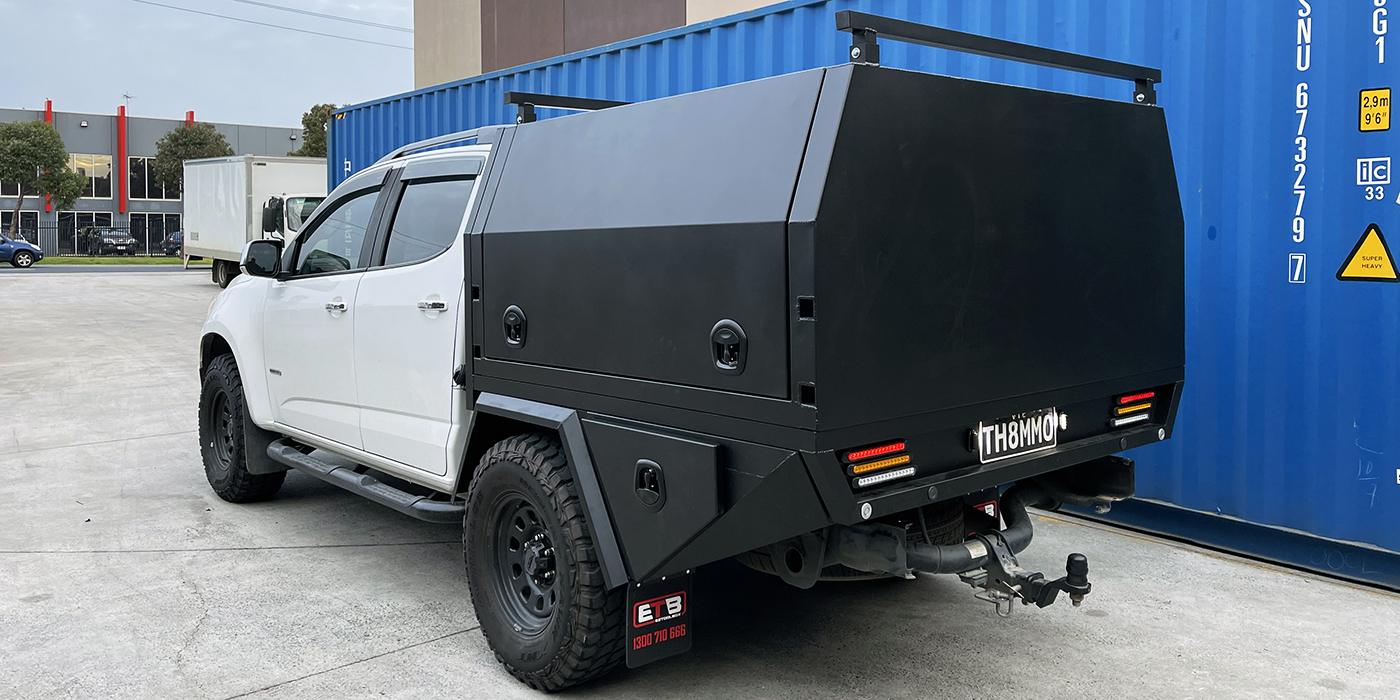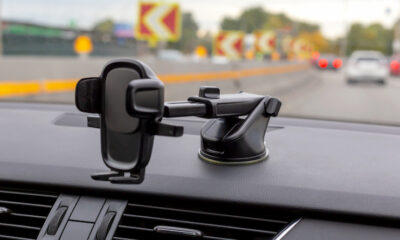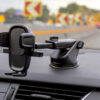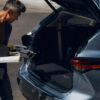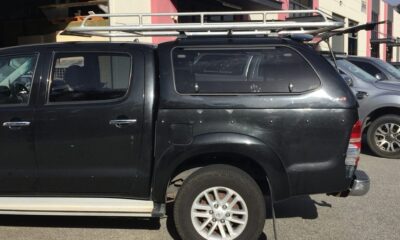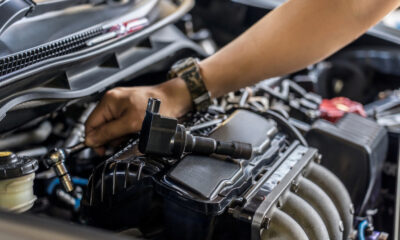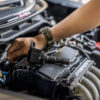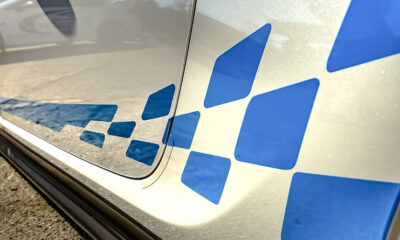Automotive
Everything You Need to Know About Brake Pads
Cars are an investment, and ones that hold their value longer when regularly maintained. Owners should stick to regular service intervals, and replace any faulty parts sooner than later to avoid ballooning repair costs further down the road. This also means that vehicle and engine parts will last for the quoted mileage figures.
While you can get a few inexpensive performance tweaks to get the best out of your ride, some common items need regular replacement. Oil needs to be changed within the recommended guidelines, and things like spark plugs and timing belts within 50 thousand kilometres. This ensures optimal engine performance. But building speed also means you’ll need corresponding braking power. Most cars today have disc brakes all around. They provide smooth braking and deceleration, so are the first car components to ensure that you come to a safe stop. Checking up on the brakes in your vehicle is plain common sense. Some brake parts, such as brake pads online, will endure more wear and tear in everyday driving. Replacements are easy to find, and some can also add a performance boost by giving you an extra bite.

What are Brake Pads?
Modern disc brakes consist of several parts, but bringing the car to a stop is done by the discs or rotors, the brake callipers, and the pads. When you press on the brake pedal, brake fluid from the master cylinders creates pressure that pushes the brake pads against the rotors, and the resulting friction slows down or stops the vehicle.
Generally, there are two brake pads per brake and they’re found inside the callipers. Pads lining the front wheels are bigger as they provide more stopping power than those at the back. Different materials are used and these determine the brake force, how fast the vehicle brakes, and how long the pads last. Both factors depend on the type of vehicle you drive, and how you drive. If you’re modifying your car for more performance, then the good news is there are also pads that are considerably better and offer better braking power than what came with the car.
Brake Pad Materials
When buying brake pads online, the first thing to consider is materials as different combinations will determine how the pads and braking system as a whole perform. Basically, there are three types – organic, semi-metallic, and ceramic brake pads.
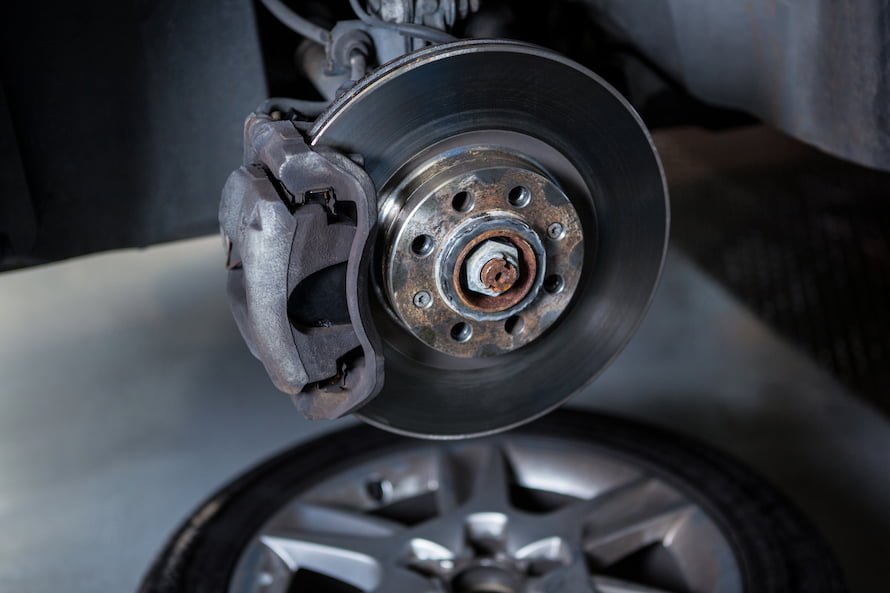
Organic Brake Pads
Non-metallic or organic pads are the softest, and often composed of a mixture of fibres, glass, rubber, and in more expensive variants, Kevlar. They’re what most cars come with from the factory and are adequate for everyday driving. The composition is easy on the rotors and quiet. They will however wear the fastest and cause quite a bit of brake dust.
Semi-Metallic Pads
Performance cars are often fitted with semi-metallic brakes. These consist of 30 to 70 per cent of different metals, including copper, iron, steel and composite alloys with the remaining materials ranging from organic resins to graphite acting as fillers. Semi-metallic brake pads offer better bite than organic variants, but cause more wear on rotors and are a bit nosier. They perform their best at warm to high temperatures, so suit more spirited driving.
Ceramic Pads
These are reserved for high-end cars due to their cost. They do however provide the best braking performance, cope much better with extreme heat, last the longest and go about their business quietly. They’re composed of hard-wearing ceramic fibres and filler materials. One negative is that ceramic brake pads won’t work well when cold, but when they do heat up, they have no comparable alternatives.
Choosing between the three types will depend on whether you need adequate or unmatched braking power. Semi-metallic pads are cheap for what they offer, and good for most types of driving. For the track though, you’ll be looking to ceramic pads for faster braking reaction, and shorter braking distances.
Signs of Worn Brake Pads
There are a few obvious signs that your brake pads are nearing their due date. Replace them on time and avoid possible accidents.
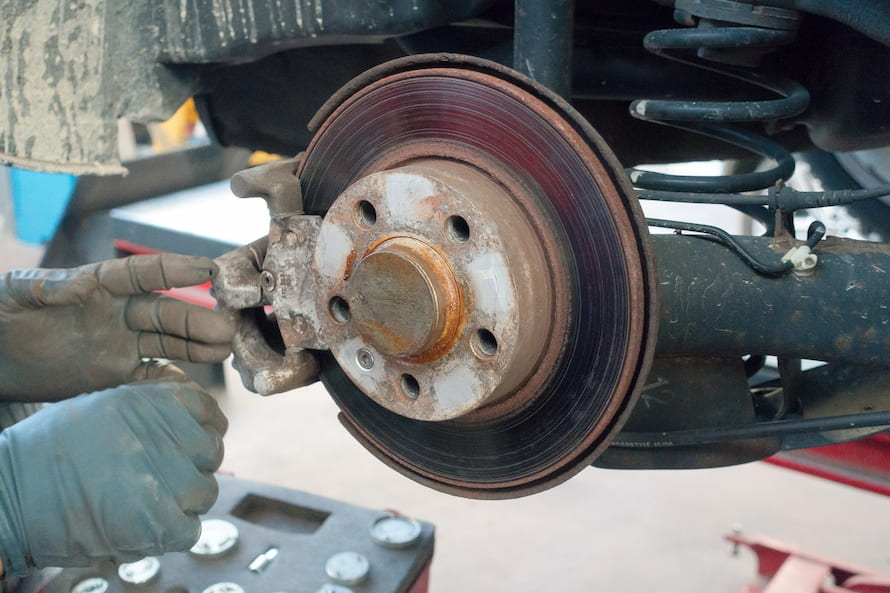
•Excessive Noise When Braking – Friction surfaces that are worn out produce grinding or screeching noises when you apply the pedal. The noise comes from the metal backing plate in the pads rubbing against the rotors. While you risk bad braking performance, worn pads will also put more strain on rotors, so replacement pads will save you money by not shelling out for rotors as well.
• Brake Warning Light – Sensors can detect the level of wear in the pads, and an alert can come in the form of an illuminated brake warning light, or a wear indicator warning in the dash. Pads that are not worn (after a thorough inspection) may signal wiring and connection issues with the sensors. Either way, get this checked out.
• Longer Braking Times – Worn pads lose their ability to stop the vehicle on time. You’ll experience longer braking distances, and this is a clear-cut recipe for an accident.
• Spongy Brake Feel – Soft or spongy brakes are those where you need to put more effort into the brake pedal than usual. While this can be due to loss of pressure in the brake line, or stuck pistons, the issue most often is caused by worn brake pads.
• Wheel Judder and Vibrations – Wheels juddering or vibrating with the pedal pressed is a sign of misaligned or worn pads scraping against rotors.
Replacing Worn Pads
Brake pads are inexpensive and generally quick to replace. Buyers have the choice of OEM replacement pads that bring more of the same or can go aftermarket if they need better performing and longer lasting pads. Look how pads are rated against heat, how they perform in adverse weather such as rain or muddy roads, whether they suit the car and your style of driving, how noisy they get, and how long they’ll last. Pads are changed as front or rear sets at the same time to ensure even braking performance.






